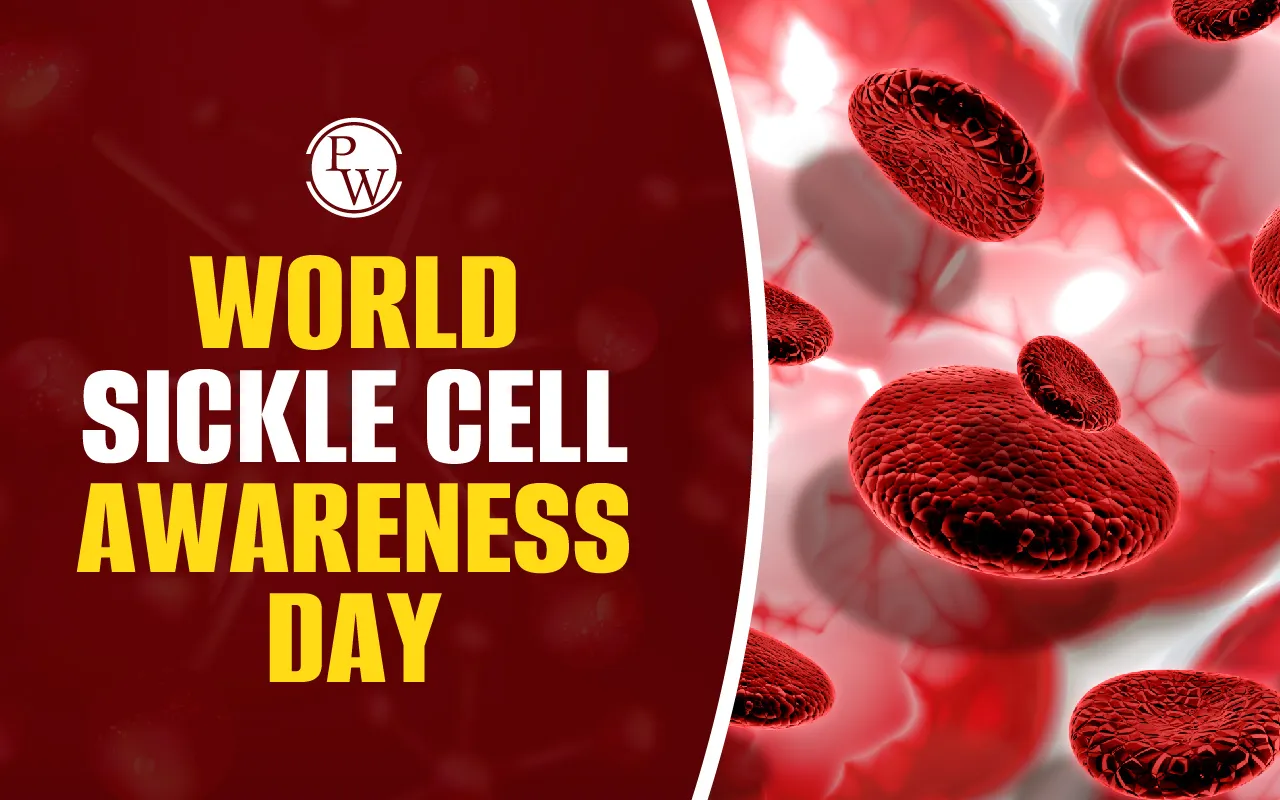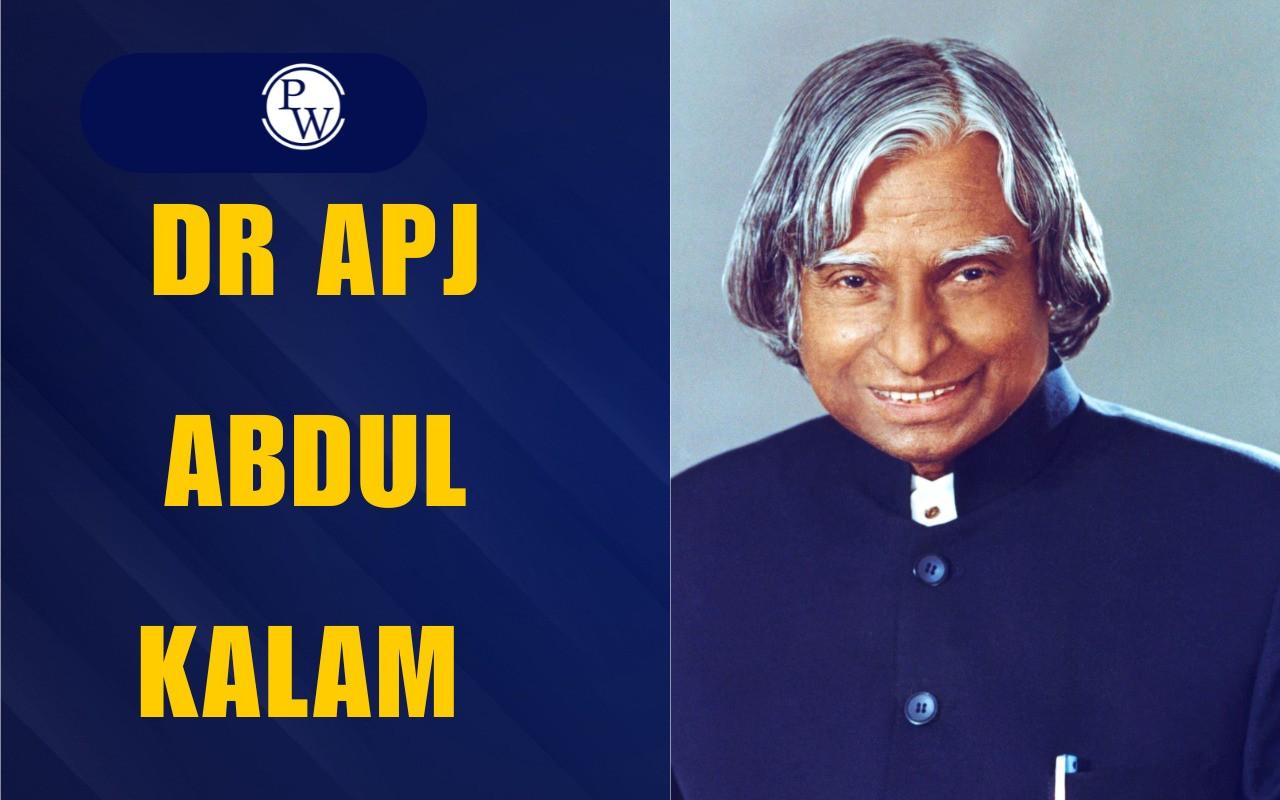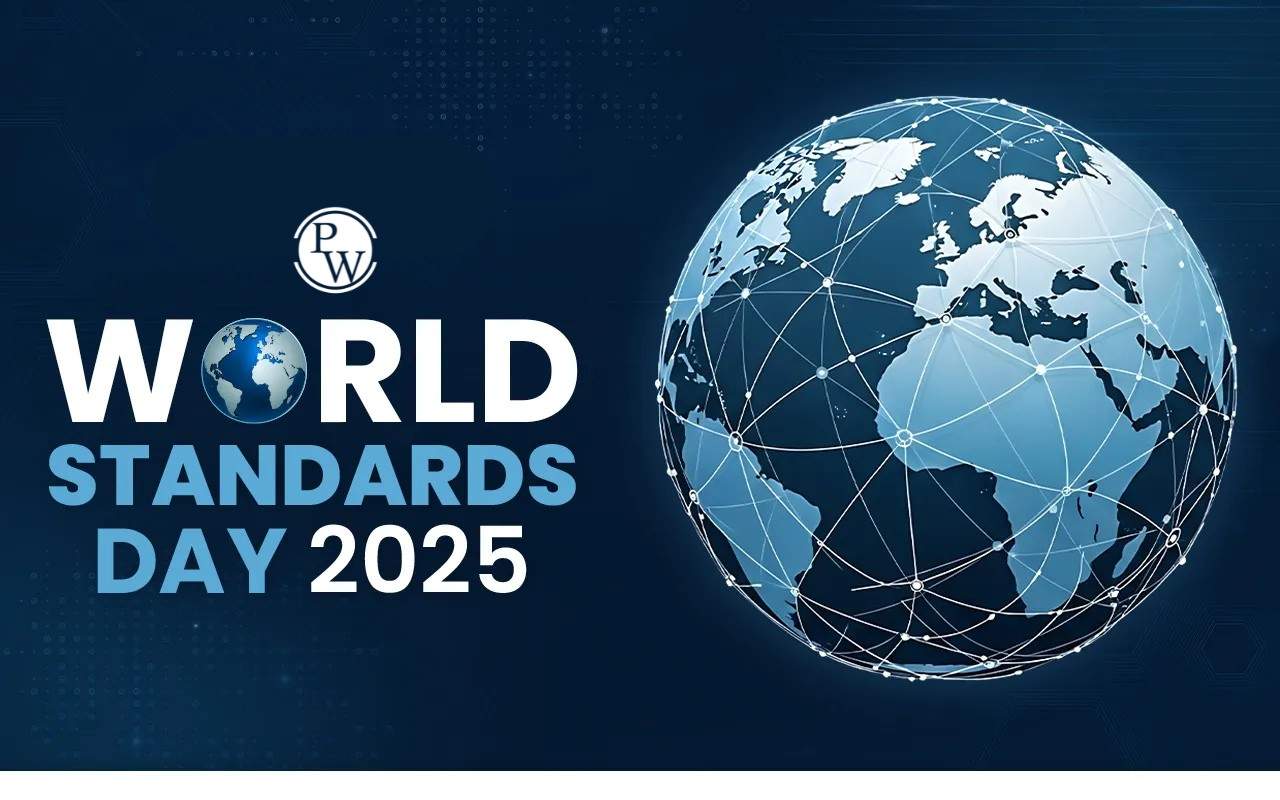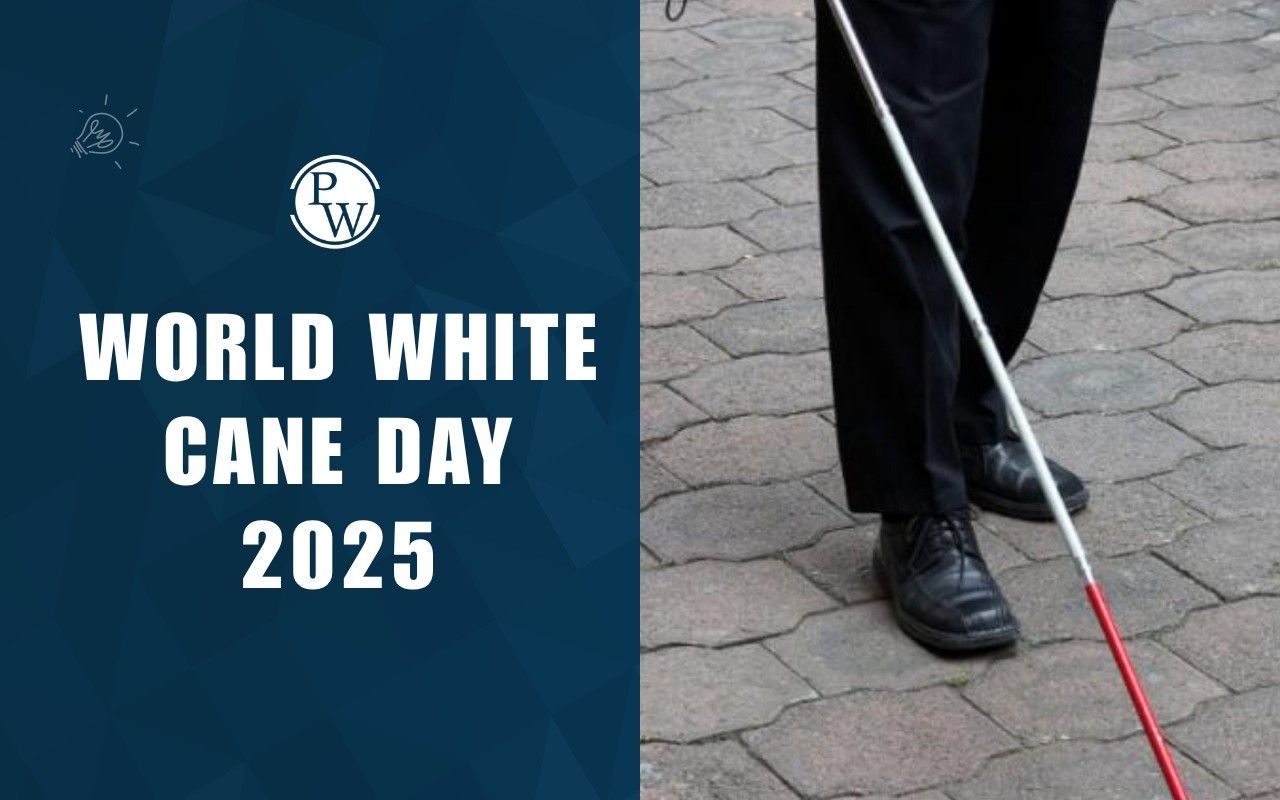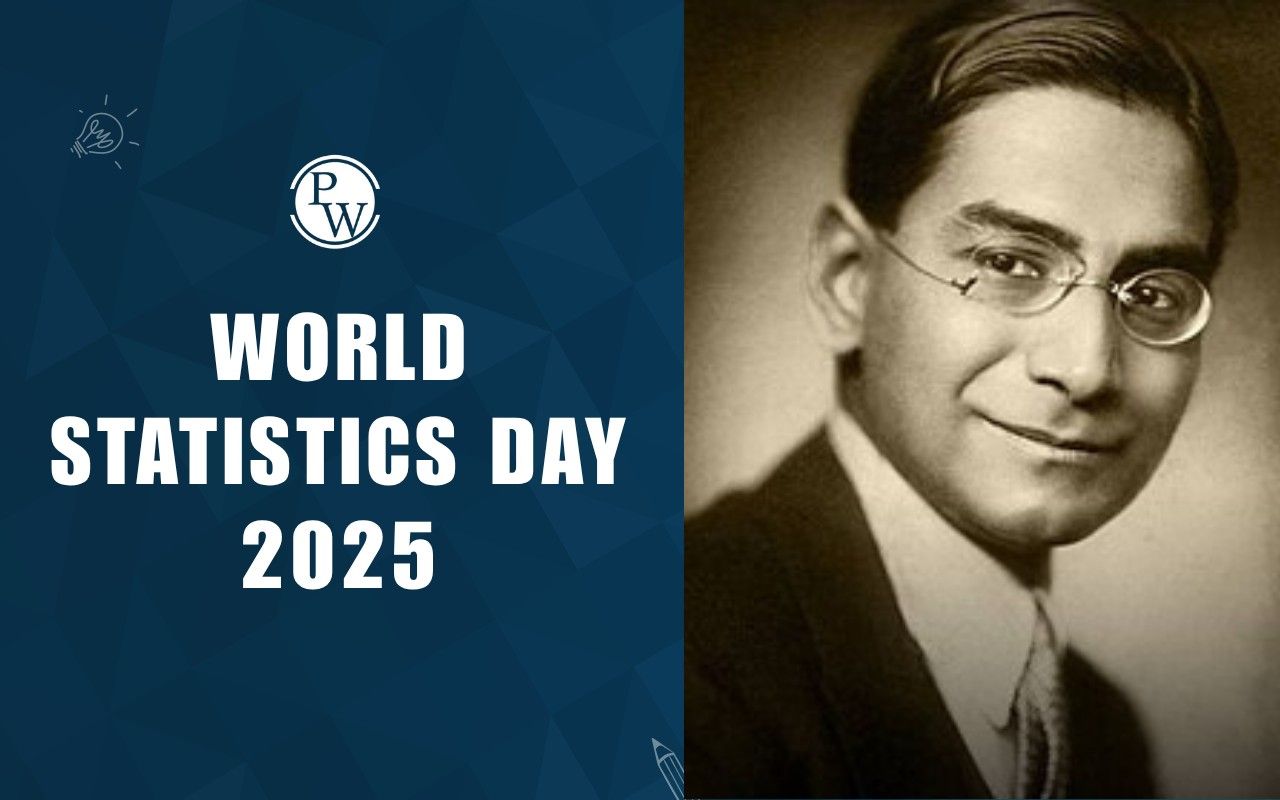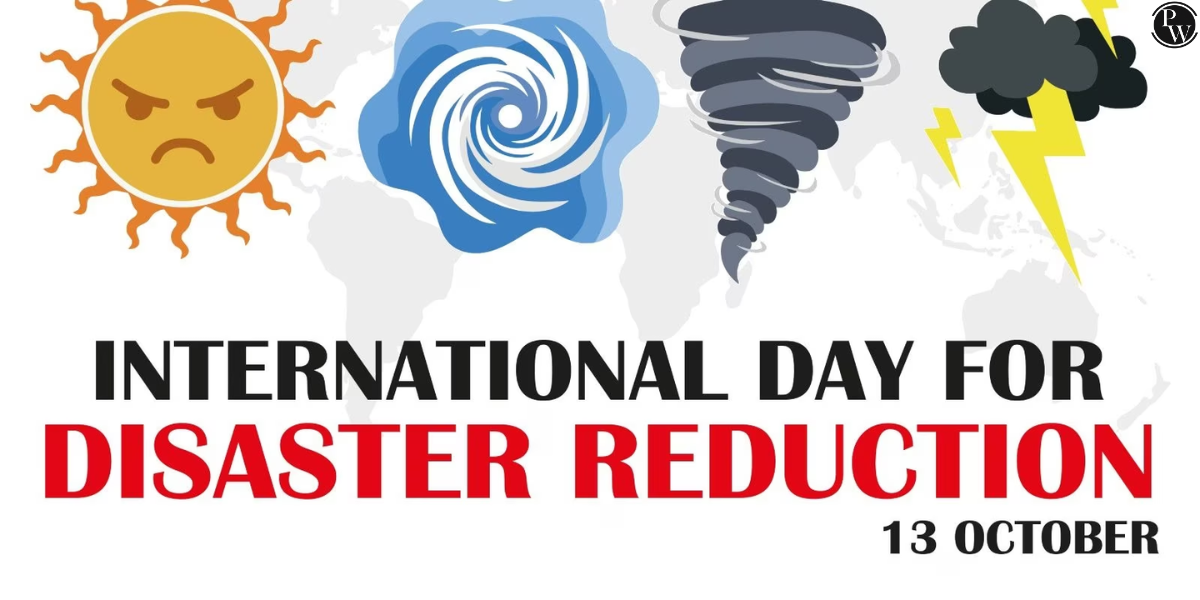
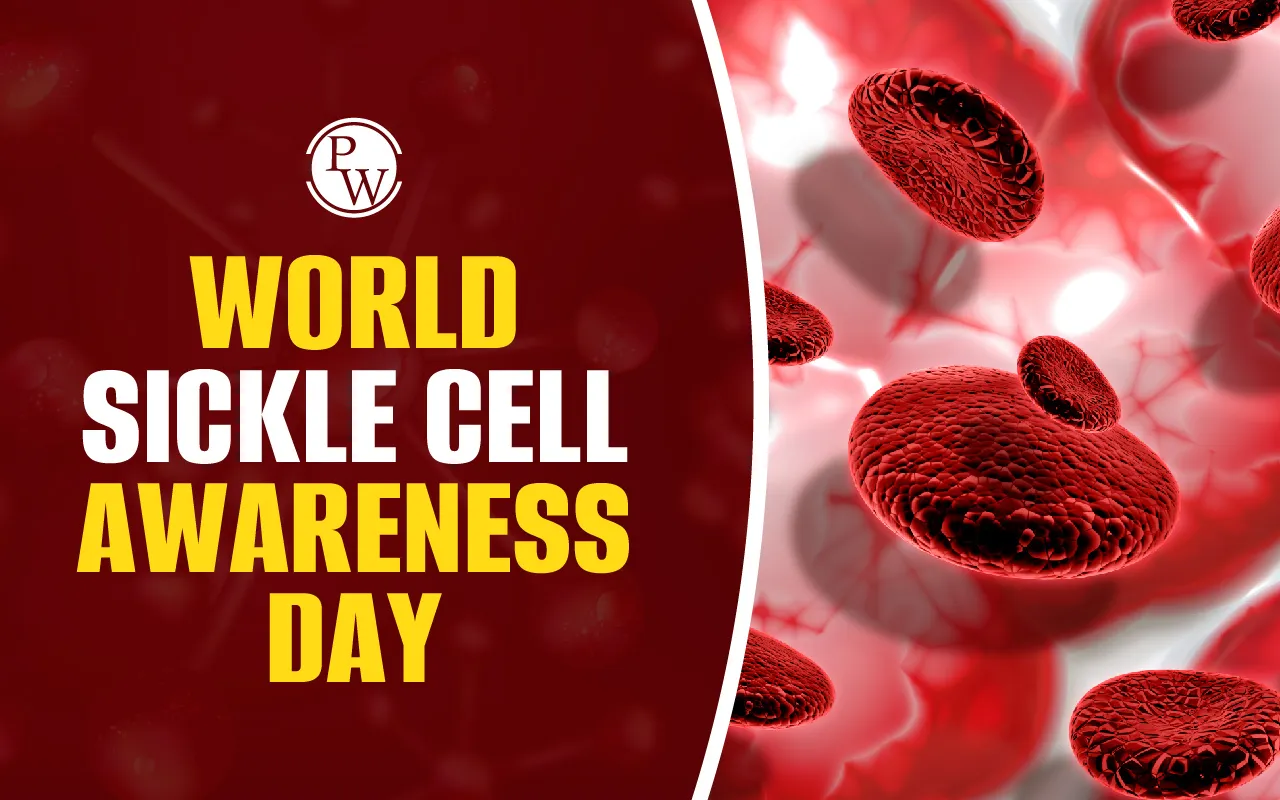
World Sickle Cell Awareness Day 2025 will be observed globally on June 19th to raise awareness about Sickle Cell Disease (SCD), a genetic blood disorder that affects millions of people worldwide. Many of us are still not aware of this disease and the global health challenges that can be faced due to this. Keep on reading to understand the significance of this day and know the importance of public health initiatives and global health challenges.
World Sickle Cell Awareness Day 2025 Overview
World Sickle Cell Awareness Day (WSCAD) falls on June 19 each year. The day was officially recognised by the United Nations General Assembly in 2008 to draw international attention to the condition, reduce stigma, and promote better understanding and care. WSCAD 2025 is a reminder that with proper awareness and coordinated action, we can change lives and make progress toward eliminating the disease.
| World Sickle Cell Awareness Day 2025 Overview | |
| Date | June 19, 2025 |
| Purpose | Raise global awareness about sickle cell disease (SCD) |
| Theme | Global Action, Local Impact: Empowering Communities for Effective Self-Advocacy |
| Established By | United Nations General Assembly (2008) |
| First Observed | June 19, 2009 |
| SCD Description | Chronic, hereditary blood disorder causing red blood cells to become sickle-shaped, leading to complications |
| India’s Response | National Sickle Cell Anaemia Elimination Mission (launched 2023) |
| Coverage So Far | Screening ~7 crore people (2023–2026), prioritizing tribal communities |
| Significance | Highlights the need for better care, early diagnosis, research, and support for those affected |
| Common Activities | Awareness campaigns, educational events, advocacy, community gatherings, and blood donation drives |
World Sickle Cell Awareness Day 2025 Theme
Each year, World Sickle Cell Awareness Day is guided by a central theme that unites global efforts. The theme for 2025 is “Global Action, Local Impact: Impowering Communities for Effective Self-Advocacy,” which emphasizes community empowerment. World Sickle Cell Awareness Day Theme 2025 highlights the importance of connecting international health initiatives with the grassroots level for the fight against sickle cell disease.
History of World Sickle Cell Day
World Sickle Cell Awareness Day was officially declared by the United Nations in December 2008. The first observance took place on June 19, 2009. Before this global recognition, sickle cell disease had remained largely neglected on the international stage, especially in low-income countries.
Over time, the day evolved into a global movement to demand better healthcare systems, invest in research, and eliminate discrimination faced by SCD patients. In the last 15 years, the awareness day has catalysed community-based programs, educational reforms, and governmental policies.
International organisations like the World Health Organization (WHO) and NGOs worldwide use this day to highlight the importance of early intervention and genetic counselling. From candlelight vigils to blood donation drives and social media campaigns, this day is now observed in over 50 countries, including India, Nigeria, the UK, and the USA.
Sickle Cell Disease
Sickle Cell Disease (SCD) is a genetic blood disorder that alters the shape and function of red blood cells. Normally, these cells are round and flexible, allowing them to carry oxygen through tiny blood vessels. But in people with SCD, red blood cells become rigid, sticky, and shaped like a crescent or sickle.
These sickle-shaped cells tend to clump together and block blood flow. This causes:
-
Severe pain episodes (called pain crises)
-
Anemia (low red blood cell count)
-
Infections and delayed growth
-
Stroke and organ damage
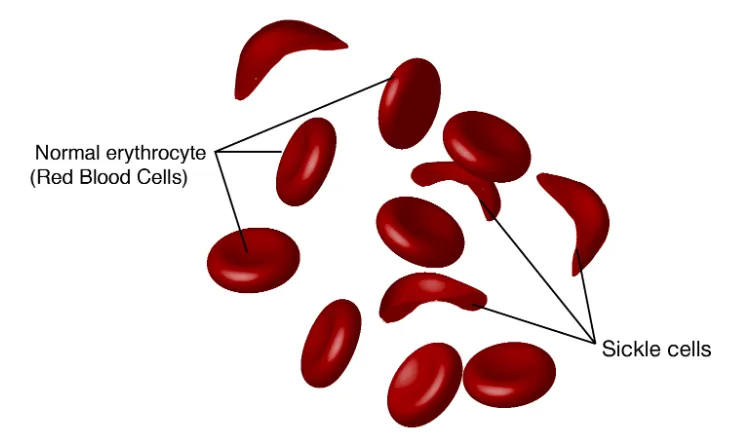
Credit: www.genome.gov
SCD is inherited when a child gets two defective hemoglobin genes, one from each parent. Globally, over 20 million people are living with sickle cell trait, with India, Sub-Saharan Africa, the Middle East, and parts of the USA being high-burden regions.
Types of Sickle Cell Disease
Sickle cell disease is not a single condition but a group of inherited red blood cell disorders. The main types include:
-
HbSS (Sickle Cell Anaemia)
This is the most severe and common form. The person inherits two sickle cell genes (one from each parent). -
HbSC Disease
The person inherits one sickle cell gene and one gene for abnormal hemoglobin C. It causes milder symptoms than HbSS. -
HbS Beta Thalassemia
This happens when a person inherits one sickle gene and one beta-thalassemia gene. It is divided into: -
HbS beta-zero thalassemia (more severe)
-
HbS beta-plus thalassemia (less severe)
-
Other rare types
These include HbSD, HbSE, and HbSO, which result from combinations of sickle cell genes with other abnormal hemoglobins.
Diagnosis can be done through a simple blood test called Hemoglobin Electrophoresis or newborn screening, which helps identify the disease at an early stage and start timely treatment.
Causes of Sickle Cell Disease
Sickle Cell Disease is a hereditary condition, meaning it is passed from parents to children through genes. A child inherits the disease if both parents carry the sickle cell trait (HbAS). Here’s how it works:
-
If both parents are carriers, each child has:
-
25% chance of having SCD
-
50% chance of being a carrier
-
25% chance of having normal hemoglobin
The sickle gene mutation originally evolved as a natural protection against malaria, which explains its higher prevalence in malaria-prone regions like India, Africa, and the Middle East. However, when two carriers have a child, the result can be a lifelong, painful condition. Genetic counselling, community awareness, and premarital screening can help prevent the disease from being passed on.
Color Associated with World Sickle Cell Awareness Day
The World Sickle Cell Awareness Day color is Burgundy or deep red. Red symbolizes the blood disorder and is used to show solidarity with those affected by SCD. Wearing red or displaying red ribbons on June 19th is a common way to participate in raising awareness.
National Sickle Cell Anaemia Elimination Mission
In India, sickle cell anaemia is a major public health challenge, especially in tribal and rural areas across states like Madhya Pradesh, Maharashtra, Odisha, Chhattisgarh, and Jharkhand.
To address this, the Government of India launched the National Sickle Cell Anaemia Elimination Mission in 2021, with a goal to eliminate SCD as a public health problem by 2047. Key objectives include:
-
Universal screening of people aged 0–40 years, especially in tribal districts.
-
Establishment of treatment centres in primary and district hospitals.
-
Free distribution of Hydroxyurea, a medicine proven to reduce complications.
-
Community education programs in schools, colleges, and rural centres.
World Sickle Cell Awareness Day 2025 Significance
The significance of the World Sickle Cell Awareness Day lies in its aim to:
-
Raise Awareness: Educate people about Sickle Cell Disease and the challenges faced by those affected.
-
Encourage Screening: Promote the importance of early diagnosis through newborn screening and genetic counseling.
-
Support Research: Advocate for more research to find better treatments and a potential cure for SCD.
-
Reduce Stigma: Combat the stigma and discrimination associated with the disease by spreading accurate information.
In summary, World Sickle Cell Awareness Day 2025 is a reminder that through awareness, action, and access, we can build a more equitable healthcare system. It’s a day to honour those living with sickle cell disease and to ensure that their voices are heard.
Are you preparing for UPSC and want to stay updated with social, health, and policy issues like this one? Join PW UPSC Courses today!
World Sickle Cell Awareness Day FAQs
What is the World Sickle Cell Awareness Day date?
What is sickle cell disease?
What is the main cause of sickle cell disease?
What is the theme of World Sickle Cell Awareness Day 2025?
Why is World Sickle Cell Awareness Day important?

